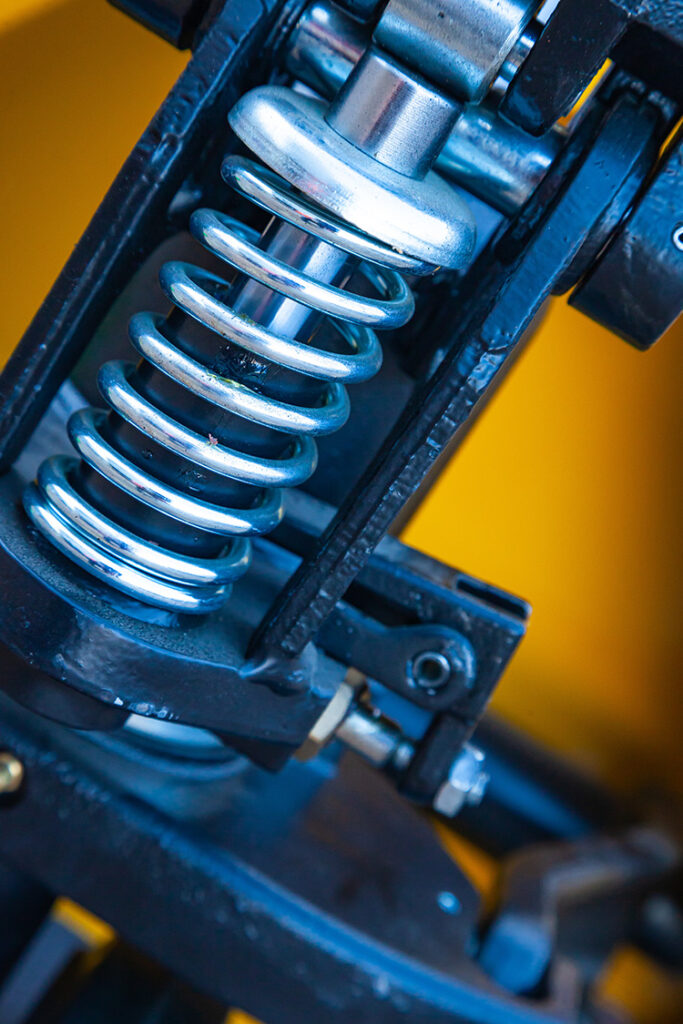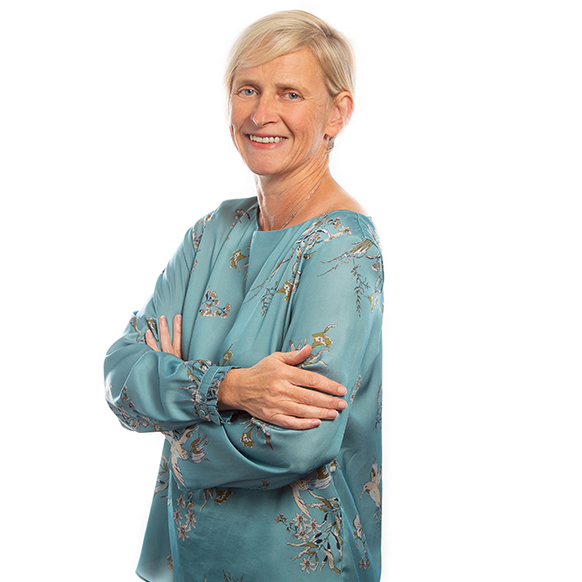The Government issued a statement at the end of April, announcing that there would be some simplifications to the Capital Goods Scheme, which governs when and how much VAT can be recovered on some types of business expenditure. The most significant change is expected to be an increase in the threshold at which expenditure on land and buildings falls within the scheme—from £250,000 to £600,000.
No date has yet been confirmed for when the changes will take effect. However, as the annual adjustment periods under the scheme align with VAT periods ending in March, April or May each year it is likely that the changes will apply to periods ending on or after 31 March 2026 at the earliest.
Understanding the Capital Goods Scheme
The scheme sets out the method for calculating VAT recovery on qualifying expenditure if the asset is used for both VAT-exempt and taxable purposes. For expenditure on land or buildings, the asset’s use must be monitored over a ten-year period, with adjustments made to the initial VAT recovery if its use changes during that time.
Since the scheme’s introduction in 1990, the threshold for triggering the CGS on land and building expenditure has remained at £250,000 of VAT-bearing costs. These costs may relate to the purchase of land, the construction of buildings, or refurbishment works. Naturally, far more projects and transactions now exceed that threshold than would have 35 years ago.
How business can prepare
An increase to £600,000 will remove many transactions from the scheme, though the increase in no way keeps pace with the increases in land values or construction and refurbishment costs.
Businesses planning capital expenditure that may be used for both taxable and exempt purposes should carefully consider the timing of transactions. Depending on their circumstances, it may be beneficial to delay or bring forward spending to maximise the benefit of the regulations.
Businesses expecting a shift in the balance between taxable and exempt activities over time should assess whether they would benefit more from including assets in the Capital Goods Scheme (CGS), or from opting for a one-off VAT recovery calculation that avoids future adjustments based on changes in use. They should also consider whether delaying or bringing forward capital expenditure could help, especially if the threshold rises to £600,000 and certain costs fall outside the scheme as a result. Another change anticipated is that computer expenditure, which is currently included for single items over £50,000 will no longer be within the scheme, as this provision is seen as no longer relevant. Aircraft, ships and boats to that value will remain within the scheme.
Whilst there is no certainty about the timing of changes, businesses anticipating future expenditure which could either benefit from increased recovery or suffer a reduction, should consider the timing of expenditure in light of these proposed changes.
Example
A business plans to refurbish a building used for both taxable and exempt activities, at a cost of £500,000.
Inside the Capital Goods Scheme (CGS)
If the expected use of the building after refurbishment is 50% taxable, then 50% of the VAT on the refurbishment costs can be recovered — £50,000.
In future years, if the proportion of taxable use changes, the VAT recovery is adjusted accordingly:
- If taxable use increases to 75% in the second year, an additional £2,500 of input tax can be reclaimed.
- If taxable use drops to 33% the following year, £1,700 would need to be repaid to HMRC, reflecting greater exempt use.
The building’s use must be reviewed each year for ten years, and the VAT recovery adjusted up or down based on that year’s use. If exempt use is expected to decrease over time, the CGS allows the business to recover more VAT in the long run.
Outside the Capital Goods Scheme
If the building is initially used for taxable purposes, but exempt use is expected to increase later, it might be better not to apply the CGS. In that case, the business can make a one-off VAT recovery upfront — and no adjustments will be required if use changes in the future.
Recovery of VAT on a refurbishment is based on anticipated use. If the building is used for the anticipated purpose, then things change later, there is no clawback triggered if the asset is not in the CGS. It should be noted that if plans change before there is any use of the building, then VAT recovery would need to be reassessed.
What business should do now
Although the timing and details of the changes are still uncertain, businesses that might be affected—either positively or negatively—by updates to the CGS should start thinking about their future plans. If including an asset in the scheme would benefit them, they should schedule projects to take advantage of the current rules.
Delaying expenditure might not always be practical, especially since the change date is unknown. However, it could be worth considering if the exempt use of a building is expected to increase over time.




